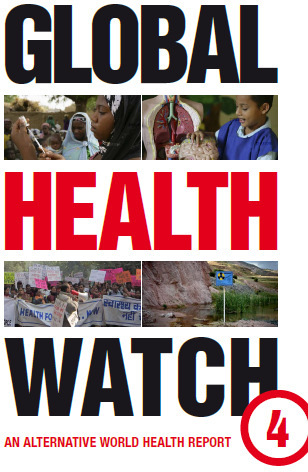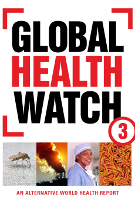Haiti cholera outbreak response 'inadequate', says MSF
It called for swift action to build latrines, provide safe water supplies, remove bodies and reassure frightened people that the disease is treatable.
The UN has called for an end to the riots which have followed the outbreak.
Edmond Mulet, the head of the UN mission in Haiti, said violent protests by people who blame peacekeepers for the spread of the disease were wasting time and costing lives.
The cholera outbreak began in Haiti last month; on Friday another 76 deaths were reported, bringing the total to 1,186, the health ministry said.
MSF's chief in Haiti, Stefano Zannini, said the charity had treated more than 16,500 people but that there had been "no real and efficient response from other organisations".
"This is alarming in the sense that we haven't reached the peak yet, that might take some time, and so the number of patients might still go up while we still don't see actions on behalf of other people," he said.
'Desperate need'
In a statement, Mr Zannini said more help was urgently needed to treat the sick and implement preventative measures.
"There is no time left for meetings and debate - the time for action is now," he said.
Rapid treatment is essential to help people survive and recover from cholera
Cholera was previously unknown in Haiti, so MSF said much work had to be done to reassure the population, particularly of the low risk and positive benefits of having treatment centres close to areas where people live.
Chlorinated water, soap, latrines and suitable waste disposal sites were also urgently needed, it said.
Other aid groups have criticised the slow pace of international donations in response to the crisis.
Imogen Wall, a spokeswoman for the UN humanitarian agency OCHA, told Reuters that the UN had only received $5m (£3m) of the $164m it had appealed for a week ago to fight the epidemic.
But the UN agencies have also complained that their work has been hindered in recent days by protests and riots by people angry about the epidemic.
On Thursday police fired tear gas as demonstrators set up barricades and threw rocks at UN vehicles. Clashes on Monday in the north left two people dead.
"If this situation continues, more and more patients in desperate need of care are likely to die and more and more Haitians awaiting access to preventive care may be overtaken by the epidemic," said Mr Mulet.
Aid suspended
Some Haitians blame UN peacekeepers from Nepal - where cholera is endemic - for bringing the disease to the country.
Oxfam says the violence has prevented it from carrying out relief work in the Cap-Haitien area, which has the highest fatality rate in the country.
The charity said it had been forced to stop distributing soap, water tablets and rehydration salts, and to suspend its public information campaign about good hygiene.
UN officials argue that the violence is being encouraged by forces that want to disrupt the presidential election, due on 28 November.
Cholera - a water-borne disease - is present in all 10 of Haiti's regions and has affected more than 20,000 people.
The first cases were reported near the Artibonite River north of Port-au-Prince, but medical experts have warned future outbreaks could be caused by contaminated food.
The disease causes diarrhoea and vomiting, leading to severe dehydration. It can kill quickly, but is treated easily through rehydration and antibiotics.
http://www.bbc.co.uk/news/world-latin-america-11802488
- Login to post comments





Comments
UN worries its troops caused cholera in Haiti